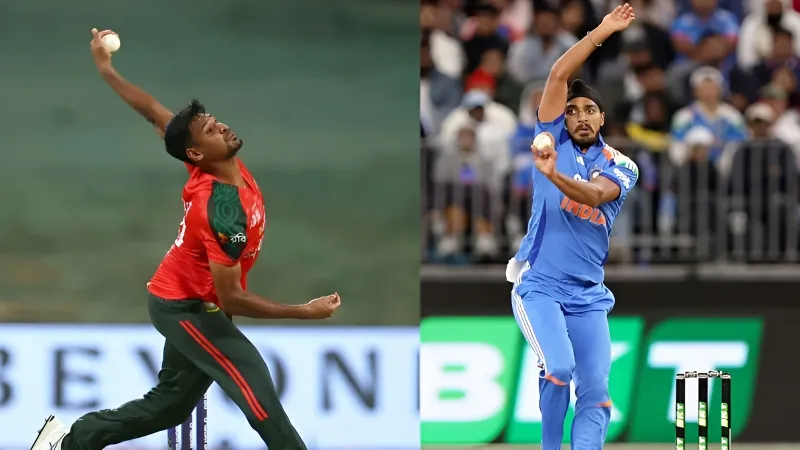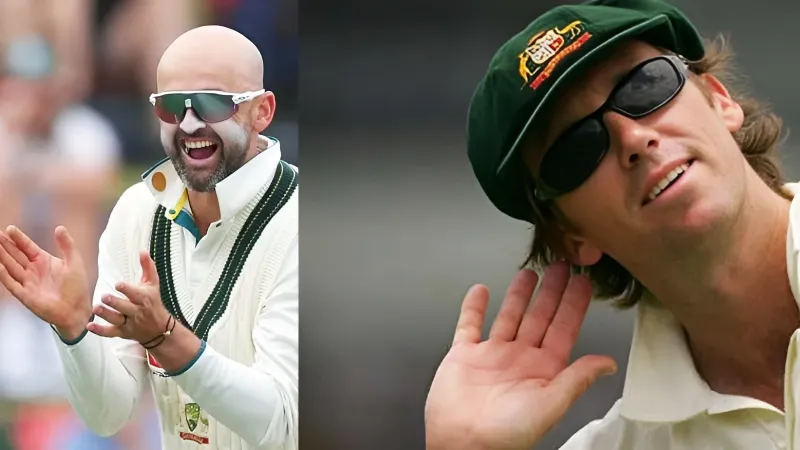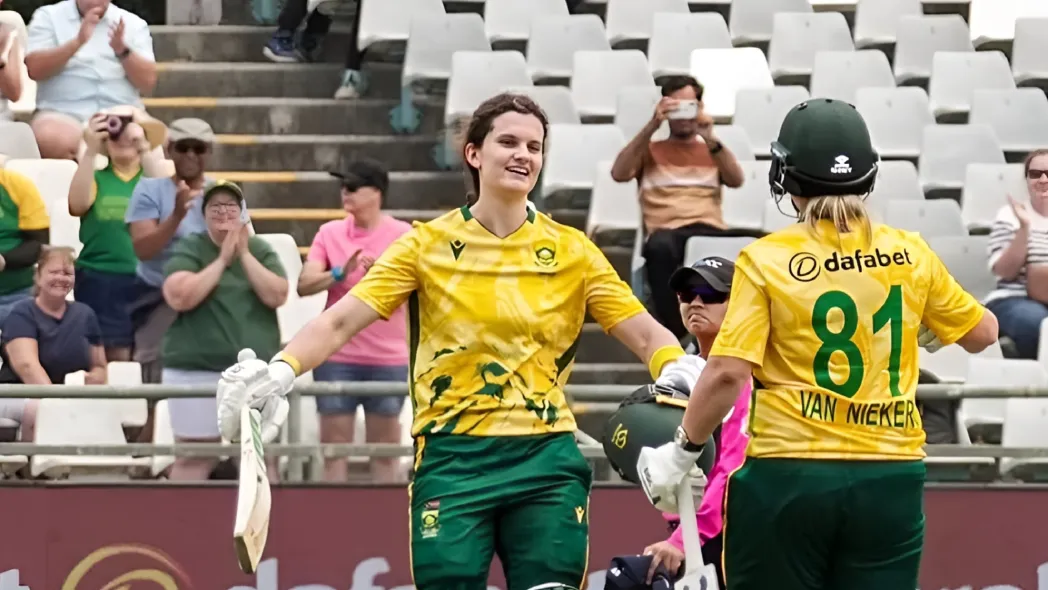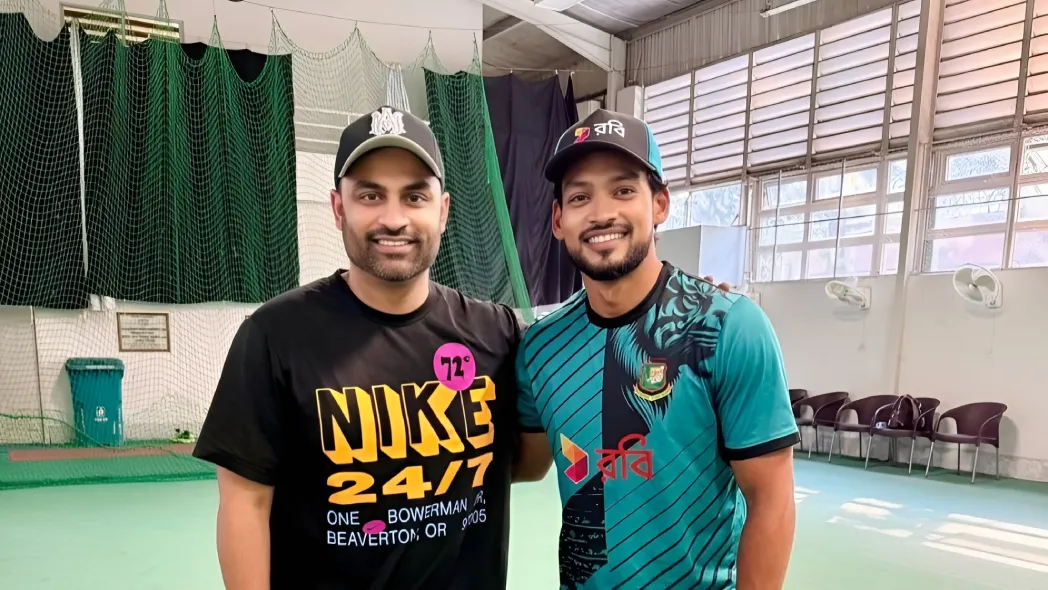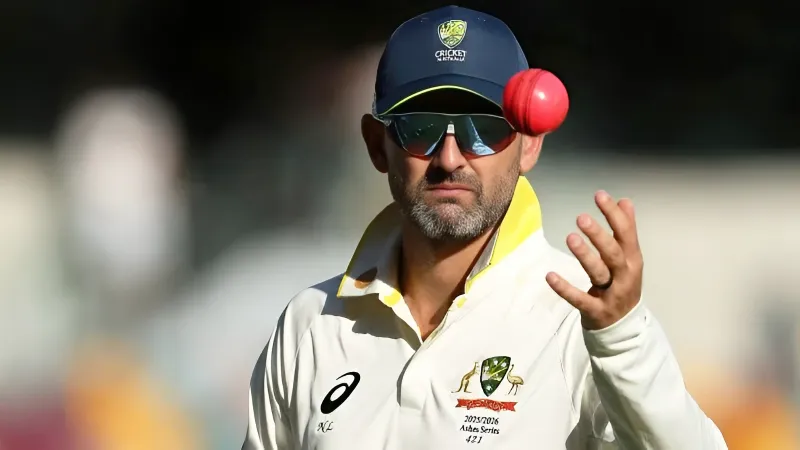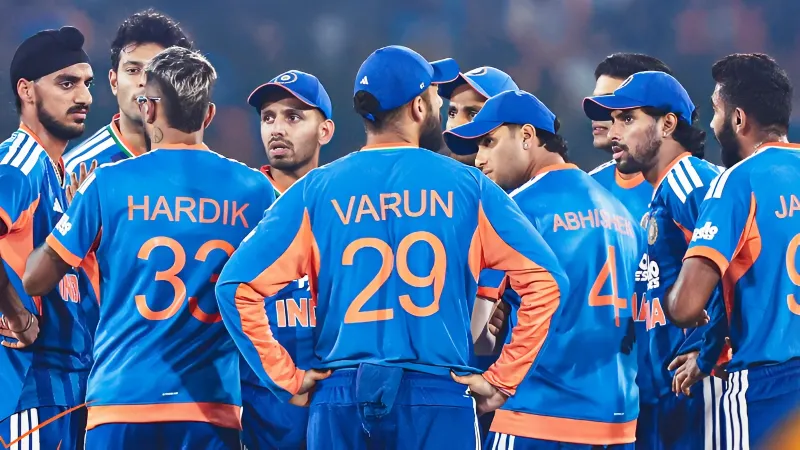Each Asia Cup creates a narrative remembered, whether it is a young batter beating the odds or a bowler carving out a new skill. One recurring topic of conversation regarding Sri Lanka in 2025 is the name of Maheesh Theekshana. Theekshana’s figures often look good on paper: four overs, 22 runs, a decent economy. The issue—T20 does not simply ask for containment. It wants cutting while the iron is hot. Where Theekshana is caught in two minds: can he transition from a containing bowler into Sri Lanka’s wicket-taking option?
The Dot-Ball Specialist Dilemma
Theekshana has built his career on one key strength: control. He’s that poker buddy who doesn’t take risks, but always leaves the table with some chips. Four overs of squeezing, with no easy runs and no panic. But the catch is this: T20 has advanced beyond just choking run rates. India, Australia, and even Associate teams like Hong Kong now prepare for a dot-ball specialist. Batters are glad to play him out, because it is bowlers like Wanindu Hasaranga who cause real damage by looking for wickets.
Against Hong Kong, this contrast was glaring. Anshuman Rath survived for 46 balls, scoring just 48, and Theekshana’s spells couldn’t break the rhythm. That allowed Hong Kong to stretch the game deeper than Sri Lanka expected. Dot-balls are pressure points, yes—but unless they’re converted into dismissals, the opposition eventually finds a release.
Why Sri Lanka Needs an Attacker, Not Just a Keeper
Think of Sri Lanka’s bowling attack as a band. You’ve got the lead guitarist in Hasaranga—flashy, fearless, taking center stage. You’ve got Dushmantha Chameera as the drummer—fast, loud, unsettling the rhythm of batters. And then you’ve got Theekshana, the bass guitarist—steady, reliable, but often drowned out in the noise. The issue? T20 cricket doesn’t reward background music; it wants chart-topping hits.
If Theekshana can add an attacking edge to his repertoire, Sri Lanka gains balance. Imagine him combining his trademark economy with timely breakthroughs in the powerplay or middle overs. Suddenly, opponents aren’t just surviving him; they’re losing ground. That transformation could be the difference between Sri Lanka merely competing and Sri Lanka dominating.
Learning from the Hasaranga Blueprint
Wanindu Hasaranga is not a threat simply for his skill set; it’s his fearlessness that makes him dangerous. Batters know he is after their wicket, and that is half the battle in itself right there. Theekshana could learn from that.
Yes, there’s risk. A wicket-taking mindset means you’ll go for runs at times. But in T20s, one breakthrough can swing momentum harder than two quiet overs. Against stronger teams, being “just economical” often means setting up someone else to reap rewards. But against improving sides like Hong Kong or the UAE, it risks giving batters confidence they wouldn’t otherwise earn.
The Asia Cup is not just another tournament—it’s a proving ground before the T20 World Cup. If Theekshana doesn’t expand his skillset now, Sri Lanka might find itself short of ammunition when the big games arrive.
FAQs
- Why is Maheesh Theekshana considered more of a containing bowler?
Because he focuses on maintaining a low economy rate rather than aggressively seeking wickets.
- What do experts like Maharoof believe Theekshana needs to change?
They believe he must shift his mindset to become a more attacking, wicket-taking option.
- How does Theekshana’s role differ from Wanindu Hasaranga’s?
Hasaranga bowls with an attacking intent to take wickets, while Theekshana prioritizes control and economy.



